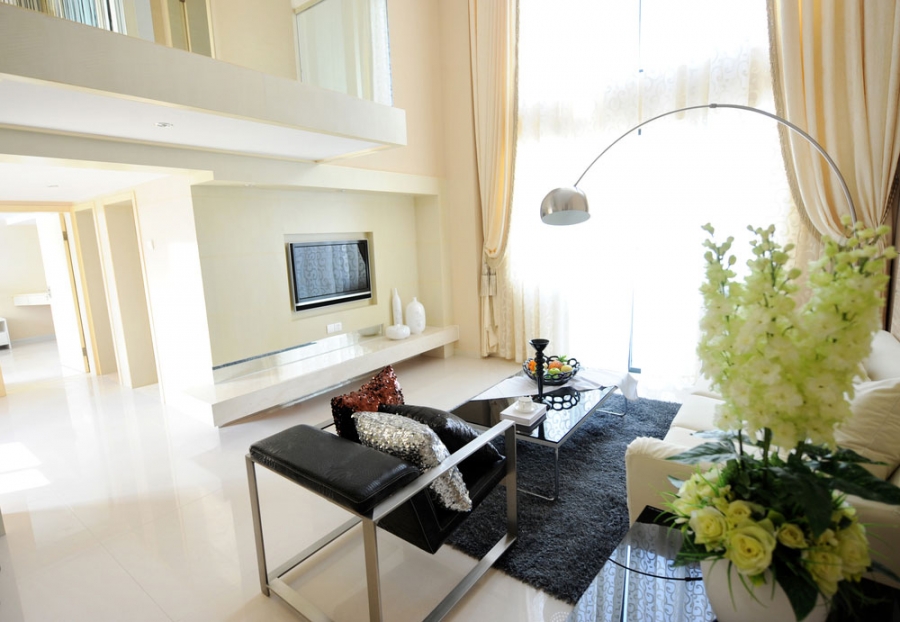Home Cooling 101
This summer, remember these basics of home cooling and beat the heat without breaking the bank.

Being at home in the boiling heat can be literally hellish if you have no means of cooling your house.
Simple and ecologically sound solutions to the heat will provide you with the most efficient cooling overall. For example, provide adequate shade by installing awnings, trellises and climbing plants, and louvers or shutters outside your west and east windows to lower the temperatures inside your home.
Plant deciduous trees on the side of your house that gets full sun, especially near windows, to increase the shade. Avoid planting them on the south side of your home if you want to benefit from solar heat during the winter months. This is a technique borrowed from passive heating and cooling. You can learn more here about how to use the passive approach to cut your heating and cooling bills.
During the heat of summer, close your windows, curtains, and blinds as soon as the sun hits your house. Keep the windows closed during the hottest part of the day (typically between 10 AM and 3 PM) and open them at night, once the sun goes down and cooler temperatures prevail.
Use ventilation in the evenings and overnight to rid your home of the heat that accumulates during the day. If you can, position fans so that the smaller windows act as inlets for air and the larger ones as outlets.
If you have ceiling fans, you can use them to increase the airflow throughout your house. The temperature range at which we feel comfortable inside in the summer is around 72 degrees to 78 degrees F. If you create a light breeze inside the house, the movement of the air will cool your skin, allowing you to stand temperatures of up to 82 degrees F in comfort. This is where ceiling fans come in, creating the airflow required for this effect.
If your air conditioner is a central air system that has grown obsolete, replacing your outdoor compressor with something more powerful will get more out of your system. However, most experts consider this to be a temporary fix, and you should consult a local HVAC contractor to make sure that the new outside unit will match your indoor central air system.
Living in a hot and humid environment requires you to buy an air conditioner capable of completely ridding you of high levels of humidity. Check for models capable of varying speeds or install a dehumidifier in case you can't protect a room.
If you use a dehumidifier and air conditioner at the same time, they will affect each other, effectively raising the power consumption rate of your home. Running them separately will make things more manageable.
Make sure you seal all locations where air might be leaking, as this will greatly affect the effectiveness of your cooling. Remember to maintain your air conditioner so it can be at top operational effectiveness at all times. Getting an energy audit of your home will help you to figure out which parts of it are leaking heat or letting it in during the hot summer months. Installing proper windows will also increase the effectiveness of your cooling efforts as well.
For further details, visit St. Johns Wood cleaners.

Grace Bailey
Grace is an artistic and passionate writer, keen on exploring all the miracles of the world around us. She really enjoys sharing tips and tricks of home organizing, eco-friendly living, and innovative technologies.

